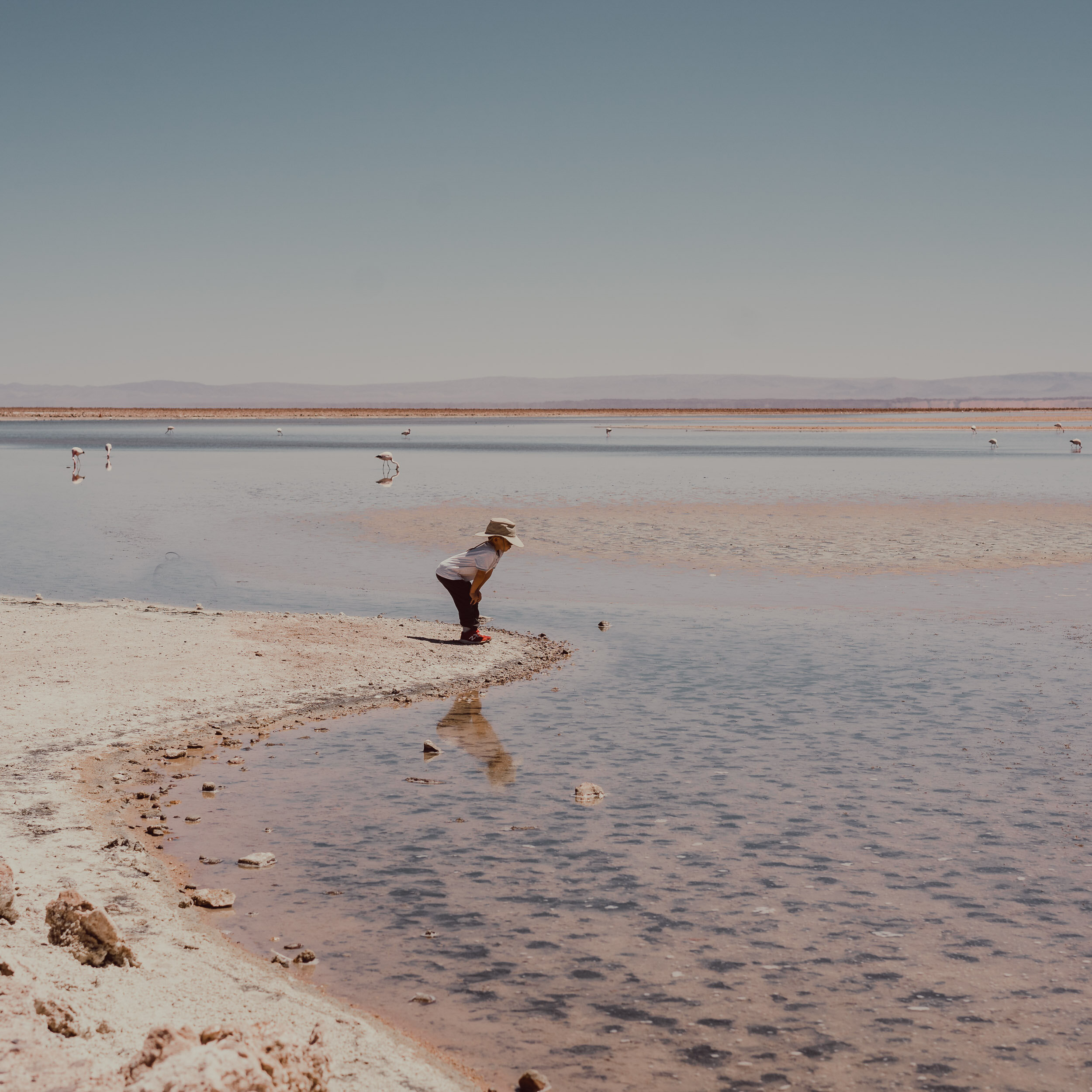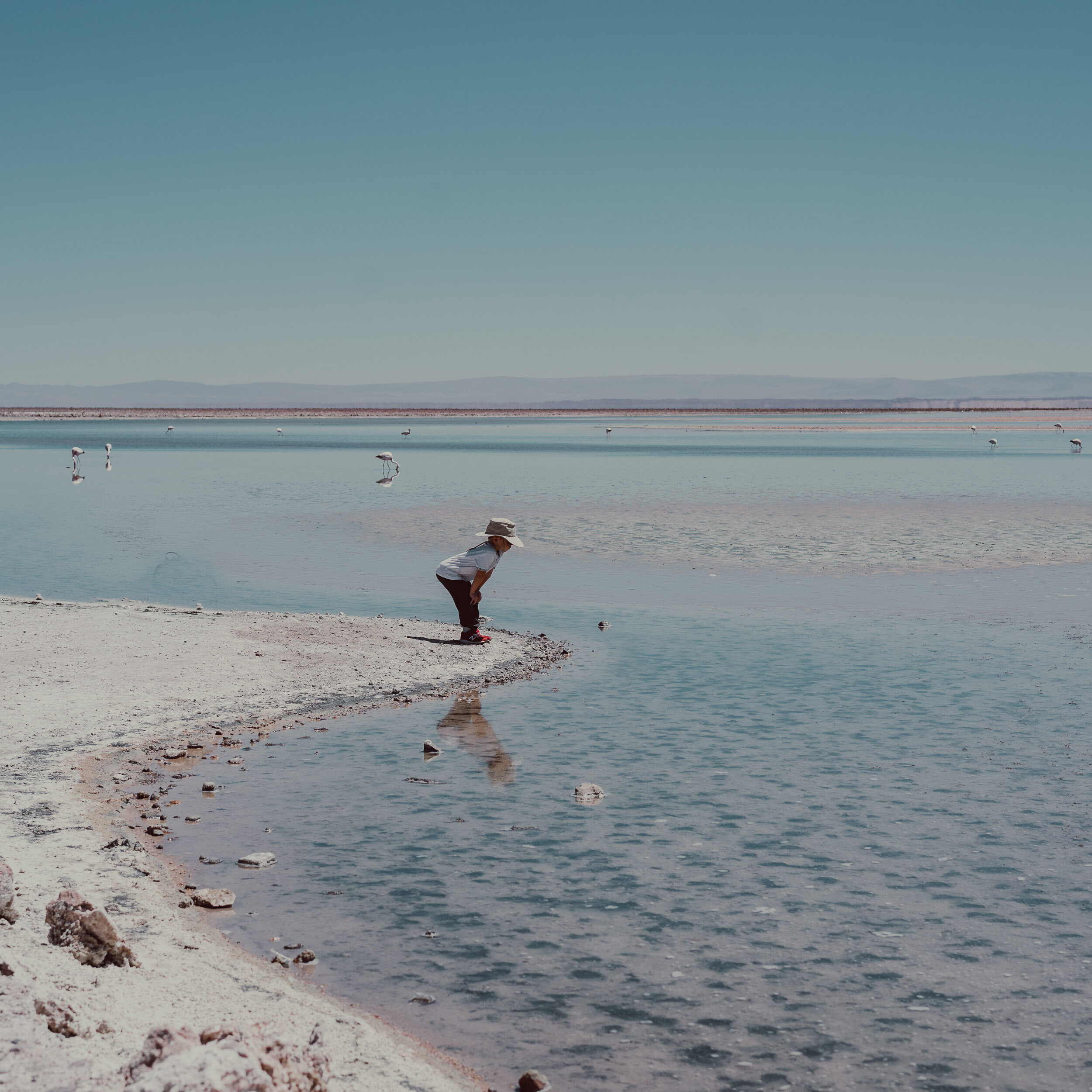Tip 12 - RAW & White Balance
If there’s only one auto setting I’d use from any mirrorless or DSLR camera, it’s auto white balance. Hang on, what is white balance? You may ask. If you never heard of it, you might be someone who hasn’t used mirrorless or DSLR cameras, or still at beginner level. In fact, it’s totally OK not to spend too much time worrying about it - no matter if you are amateur or professional.
I know this might evoke some debate.
If you are a fashion photographer, a portrait photographer, or a product photographer, and accurate product/skin color is of vital importance, you do need to use white balance more strictly.
I’m speaking to amateurs, parents or travel photographers like you, who do not need to have a final image with precise color temperature, because most likely you are going to change the colors of your photos with retouch apps or presets anyway.
The only requirement is to shoot in RAW format.
Why shooting RAW?
If you are an amateur photographer, and you have been shooting in JPEG format all along till now, please change in the camera menu and switch to RAW. I know this means larger file sizes, larger hard disk space requirement, and even larger memory cards for your camera. But trust me, it’s worthwhile - if you are someone who cares about image quality.
A RAW image contains much wider dynamic range and color space than a JPEG image. It gives you more flexibility to retouch your image, eg. modify colors and brightness, in post processing.
See the following example about the same image modified in shade, cloudy and daylight white balance settings. The image was shot during mid-day in the scorching desert sun, but I like the "shade" setting better, as it reminds me of our “warm” day in the desert! The “right” white balance setting does not necessarily give you your favorite color!



If you choose JPEG for whatever reason, you might want to use the right white balance to get more “accurate” color for your light condition. However, the accuracy is not guaranteed unless you use extra tools such as white balance card or grey card, which I’m not going to discuss in detail. As travelers, we always prefer bringing less. I seriously doubt you’ll prefer bringing a physical white balance card over switching from JPEG to RAW in the camera.
In addition, if you are a parent like me with young kids, it’s best you know your camera really well, and know how to change settings fast. You often have a split second to capture a special moment, a unique smile. If you are not fast enough to get the right composition, switch to the appropriate aperture, shutter or even ISO settings (see tip 9 - Aperture Priority Is A Good Starting Point and tip 10 - How To Shoot In Full Manual Mode), and now even white balance, you might miss the opportunity to capture a good photo entirely.
If you are a professional photographer, you probably shoot RAW all the time. You could modify colors in post processing, almost in any directions you want. Check out the post processing section to learn more.
Go back to Camera Settings and Techniques Chapter

















